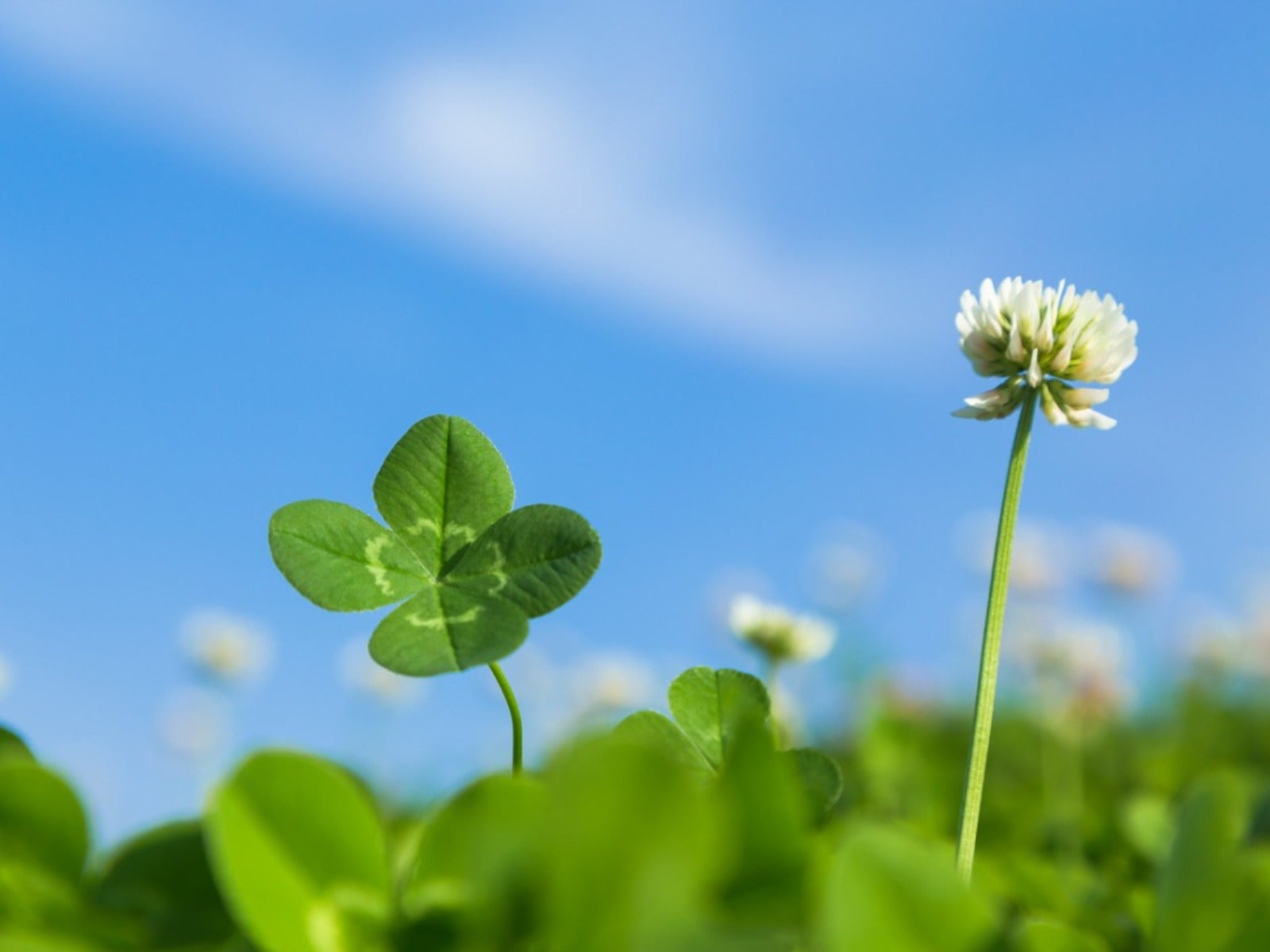Differences Between Shamrock Vs. Clover Plants


Clover has often been labeled a lucky plant, but so has the shamrock. In Ireland shamrocks are plants commonly sold to commemorate St. Patrick’s Day. But what is the difference between a shamrock and clover? Shamrock or clover both represent luck, but is a shamrock a clover? Let’s delve into their genus names and demystify these two commonly confused plants.
Shamrock vs Four Leaf Clover
The word shamrock comes from the Gaelic “seamrog” which means little clover. In fact, Irish folklore claims the plant is so indigenous to the Emerald Isle that it cannot be grown elsewhere. But what really is a shamrock? Some believe it is a 4-leaf clover, the ultimate lucky find. Others think it is just another species of clover. In fact, neither are true, and the plant’s true nature may be revealed in the history books.
Shamrocks represent the rebirth of spring and are commonly associated with St. Patrick’s Day. They may be found as four leaved specimens today, but traditionally they were depicted as three leaved plants. The three leaves in Christianity represent the Holy Trinity, with each leaf marking the Father, Son, and Holy Spirit. Modern four leaf shamrock have added God's Grace as the fourth leaf.
Wood sorrel of varying species are commonly thought to be the "true" shamrock. Plants like Oxalis deppei, or Good Luck plant, are often sold as shamrocks. There are a couple species of Oxalis native to North America, but the majority sold are not winter hardy and used as houseplants. They feature large trifoliate leaves, and may be green or purple. They produce flowers and enter a rest period near the end of the growing season.
Difference Between a Shamrock and Clover
The question of which is the "true" shamrock has been debated by botanists for centuries. When it comes to shamrocks in today’s Ireland, the majority of people use a plant in the white clover family to adorn themselves. Occasionally Trifolium plants are sold as shamrock house plants, but more often the Oxalis species is purchased. Modern commerce has turned this into a marketing stunt used to sell bred species of plants rather than the native varieties.
As a cultural piece, shamrock and clover are used interchangeably. However, clover is in the genus Trifolium, commonly called trefoil. Another plant, Medicago lupulina, or black medick, was often used in place of Oxalis and has similar leaves to Trifolium and shamrocks.
Growing Oxalis Shamrocks
When it comes to clover vs. shamrock, cultural needs are a clue. Clover grows readily outdoors in turfgrass and many other locations. The large leafed Oxalis species are not wild plants and generally need to be made house plants. The difference is easy to spot if you know that clover leaves are rounded, while Oxalis leaves are heart shaped.
Sign up for the Gardening Know How newsletter today and receive a free copy of our e-book "How to Grow Delicious Tomatoes".
Clover thrives in poorly draining and shady locations. It produces deep roots. Oxalis springs from tiny bulbs and requires indirect light. They prefer cool nights and warm days and well draining soil. Oxalis seems to like being pot bound and does not require frequent re-potting. Their minor differences in cultural needs and leaf shapes can set off the differences between shamrocks and clover.

Bonnie Grant is a professional landscaper with a Certification in Urban Gardening. She has been gardening and writing for 15 years. A former professional chef, she has a passion for edible landscaping.